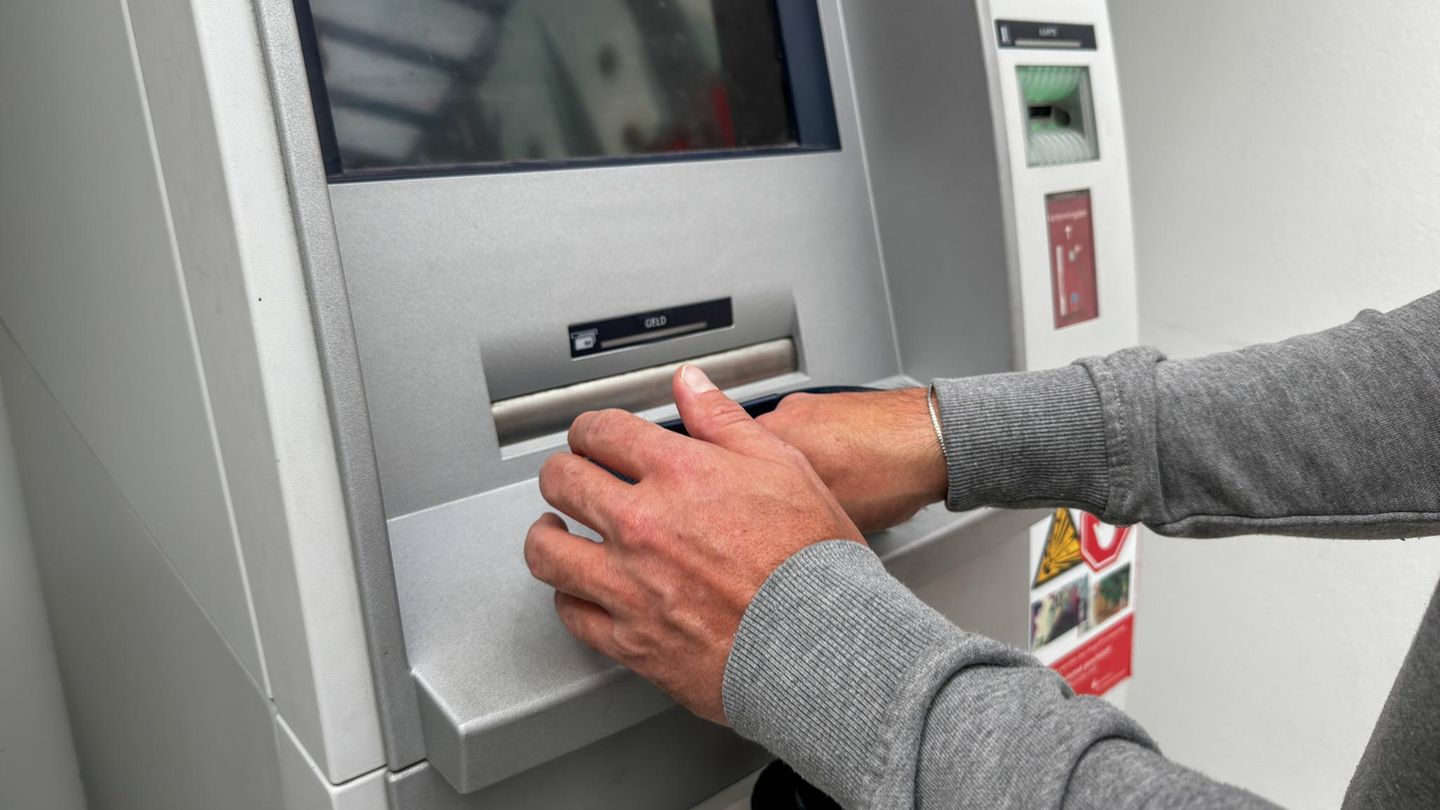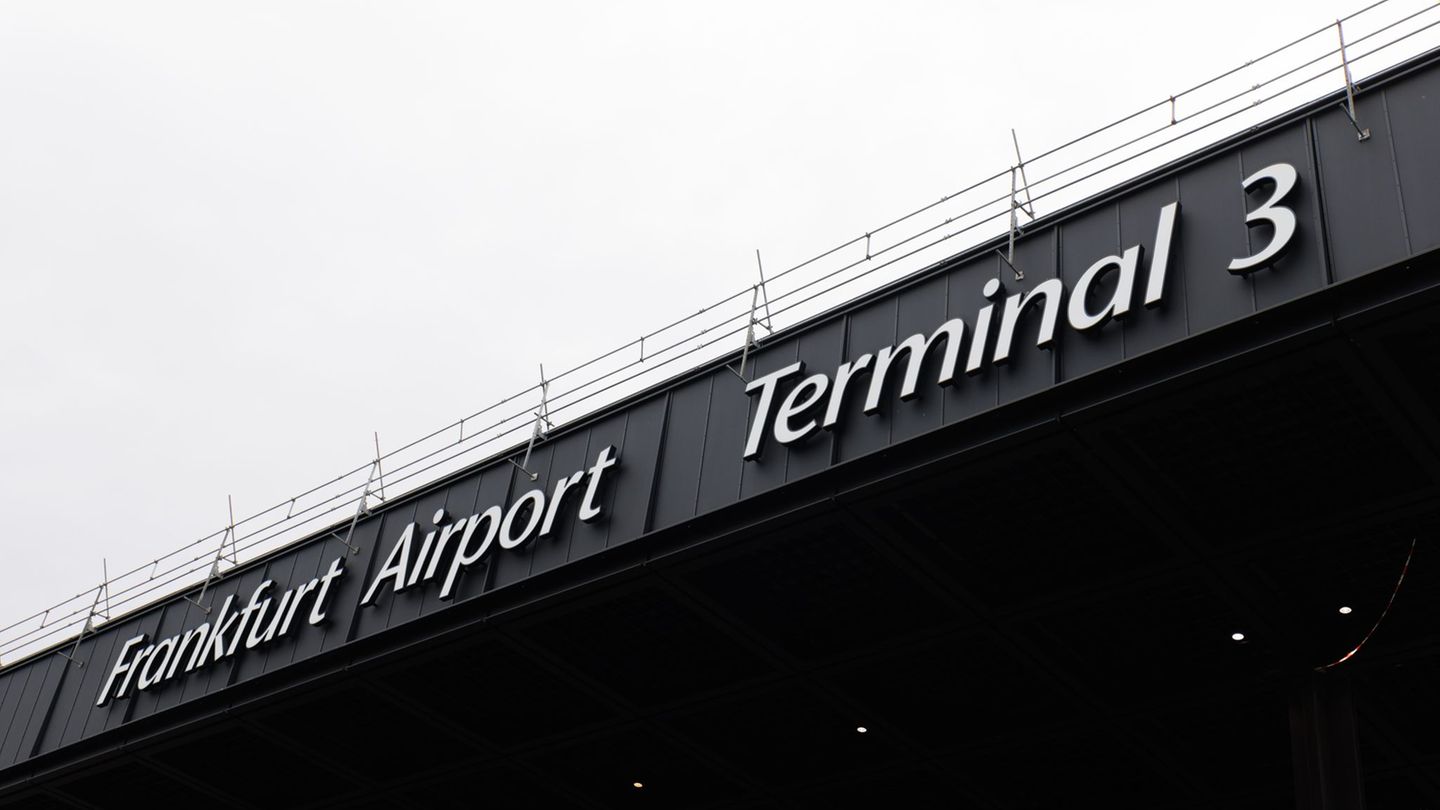On the silver version of these (less copper when combined with nickel), those of 10, 5 and even 1 cent also enter this business, although finding them is less and less common.
In the case of the $ 1 and $ 2 bimetallic, weighing more than 7 grams, these are the most coveted for metal reducers and, of course, the most abundant.
Many aim to get the kilo, to buy a mixture of coins of all denominations.
In Mercado Libre, for example, you can find offers: “I buy coins per kg !! Of copper and nickel, current and old, at $ 400 per kg. Shipping cost borne by the seller. Operations only greater than 10 kg are carried out” . Although there are also similar posts offering $ 500 and even more money.
“I buy unused coins of 25 and 50 cents … I pay triple what you have in silver. I also buy the old 1 peso one, the one from the sun, I pay double. From 2 pesos the payment is 50% ”, wrote another user.
Banks are increasingly asking the Central Bank of the Argentine Republic (BCRA) fewer coins, since they hardly need them; but when they do, they receive those of the $ 1, $ 2, $ 5 and $ 10 “Trees” line, which are not made of copper but of steel, lighter and less valuable. This line was launched in 2018 and the change of material was foreseen so that the value of the metal was lower than the economic value. Three years later, the devaluation left that idea in the way.
While in the treasuries of financial institutions they have more than they need for the operation of their branches, the memoirs remember other times of scarcity, such as the years prior to the SUBE card, in which they were essential to buy the collective ticket and the train.
On the Internet there is another striking presence who want to buy and sell coins, which are the pieces that contain errors. The most famous case is that of the $ 1, bimetallic, ordered from England in 1995. The reverse of the coin should include the phrase “Provinces of the Río de La Plata” but due to an unusual typographical error, the coins read “Provingias”.
Collectors and numismatists value pieces with design or minting errors. For this reason, these coins are offered today for prices that reach up to $ 15,000 and even more for each unit.
David William is a talented author who has made a name for himself in the world of writing. He is a professional author who writes on a wide range of topics, from general interest to opinion news. David is currently working as a writer at 24 hours worlds where he brings his unique perspective and in-depth research to his articles, making them both informative and engaging.




